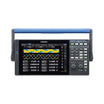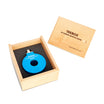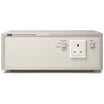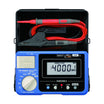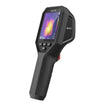
Pass-by Noise Testing
Road Noise Testing
Environmental noise pollution must be minimized to ensure people’s health and comfort. Traffic noise is, therefore, regulated and without fulfilling the regional targets for pass-by noise, a vehicle model cannot get a type approval or be put on the market. International test methods have been developed to simulate as realistic driving conditions as possible and the noise level limits have been reduced all over the world. This, obviously, puts a lot of focus on vehicle development and robustness in production. The methods for measuring pass-by noise requires dedicated facilities like specialized test tracks, large indoor noise, vibration and harshness (NVH) chassis dynamometer test cells and high-performance test equipment to produce comparable measurement results. Before running verification tests, thorough investigations of the most contributing sources (engine and intake/exhaust system, tire noise) are performed to predict the total noise level.
Electric vehicles, on the other hand, may be too silent in urban areas. This may constitute a risk for pedestrians used to be able to hear an approaching vehicle or for persons with impaired vision. New regulations are under introduction for Acoustic Vehicle Alert Systems (AVAS) and these must be verified. Read about electric applications here.
Learn more about the challenges and how to select the right microphone
Selected products
- GRAS 146AE
The ideal, free-field microphone for almost all acoustic NVH testing - GRAS 42AG
The ideal solution for calibration
Resources
Pass-by Noise Testing on Electric Vehicles
There is a legal requirement for testing pass-by noise. This is also required for EVs/HEVs.
The reason behind this is the fact that electric vehicles can be characterized as too silent in urban areas. This may constitute a risk for pedestrians used to be able to hear an approaching vehicle or for persons with impaired vision. New regulations have been introduced for Acoustic Vehicle Alert Systems (AVAS) and these must be verified.
For pass-by noise application testing we recommend GRAS 146AE ½” CCP Free-field Microphone Set.
Please refer to ISO 362-1 and ISO 362-3, for detailed information related to pass-by noise testing.
See our complete application offering within electric vehicles here.
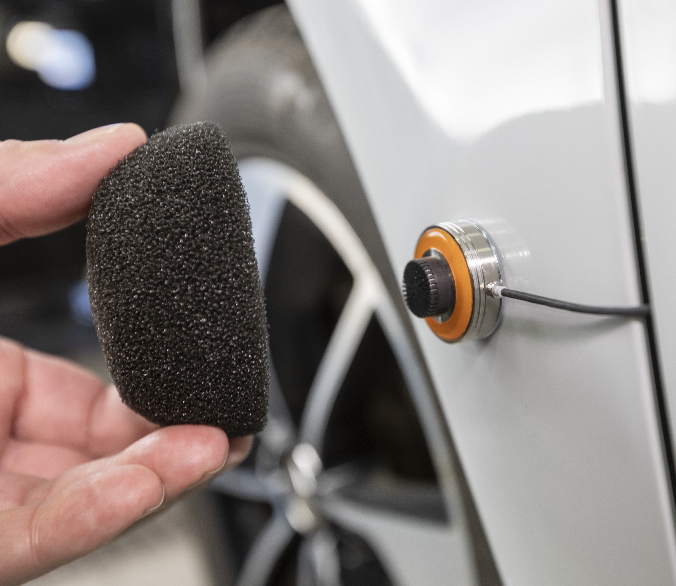
ACOUSTIC TEST TYPES WITHIN PASS-BY NOISE TESTING
Outdoor testing
The classic and most important part of pass-by-noise testing is outdoor tests that are used for both development and certification. Pass-by noise testing includes acceleration tests, constant speed tests and static tests for a standstill vehicle on a dedicated test track. Two microphones on each side of the test track are used for measuring sound pressure level as per the regulations, and further detailed analysis in the frequency and engine order domain is used for development. Systems for logging vehicle speed and weather conditions during the measurement are compulsory. There are some regional differences in legislation across the world, but the tests are based on the latest version of ISO362. The microphones and measurement equipment must be calibrated before and after testing. AVAS is also tested on the pass-by track.
Indoor testing
Indoor testing requires a very large NVH test cell with chassis dynamometer and microphone arrays on each side of the vehicle that simulates pass-by driving. This is effective for running tests without being dependent on the weather and for advanced development testing. Source contribution investigations can be done effectively indoor, and this requires additional near-field microphones and measurements of acoustic transfer functions (ATF) in line with the used procedure. The tire noise cannot be captured accurately for this type of testing and predictions are often added to the result. AVAS is also tested and developed indoor.


